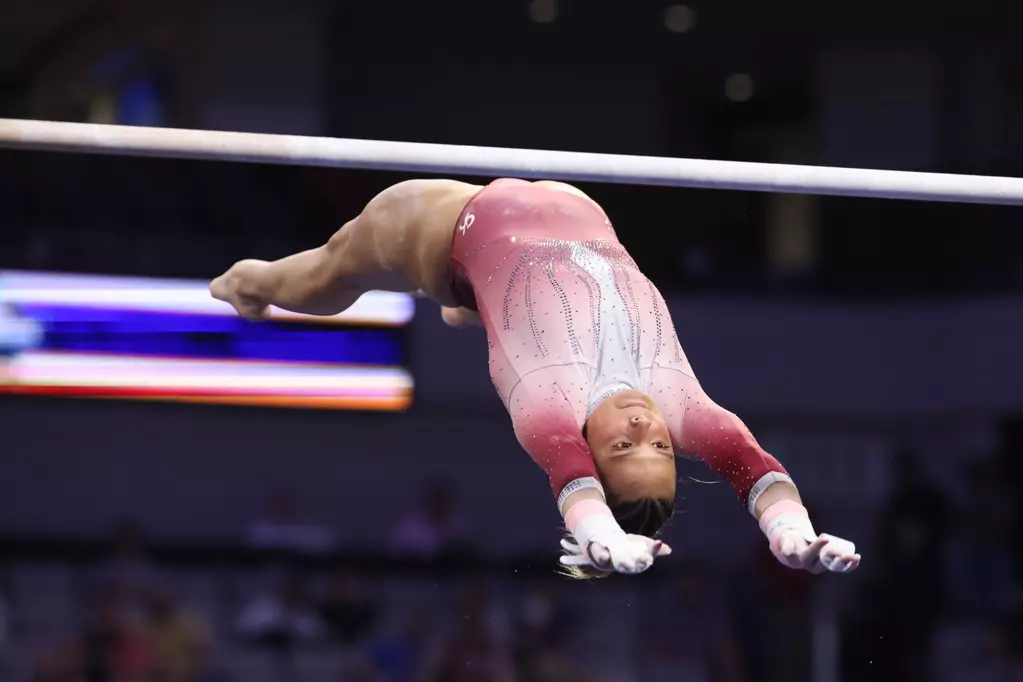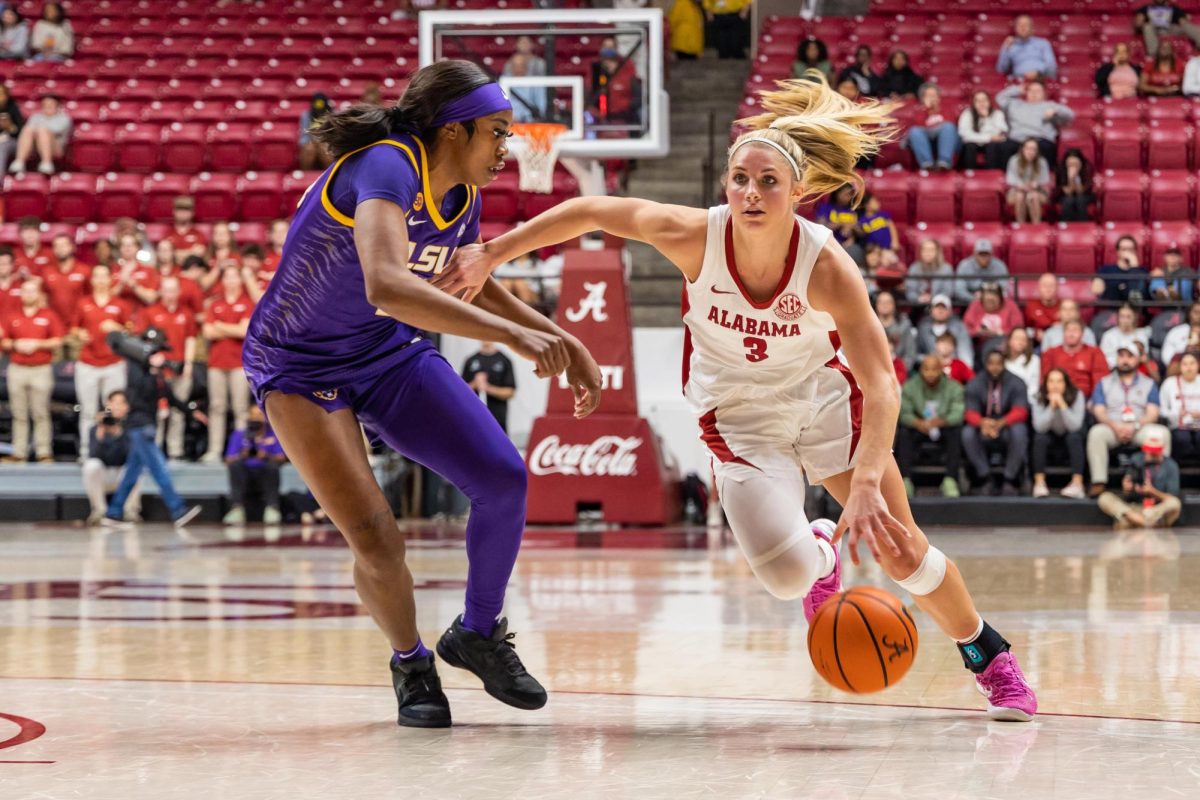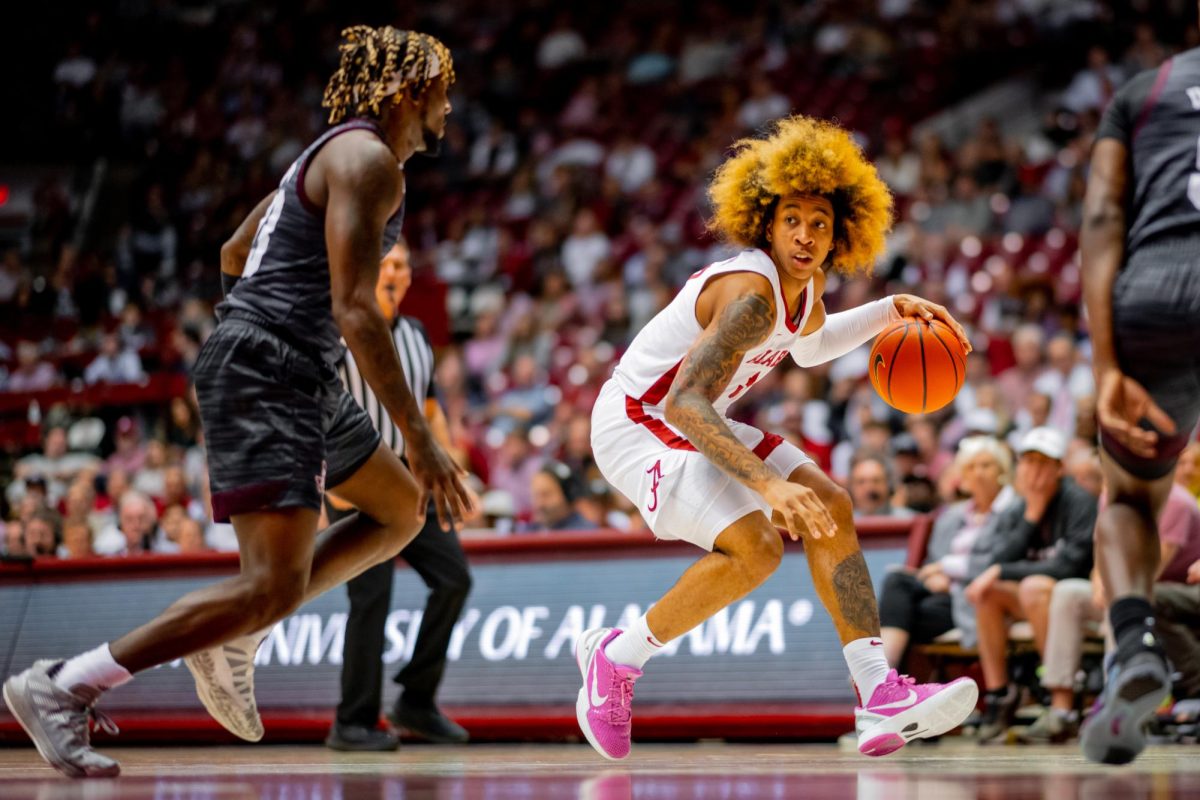The University’s cycling club is fairly new to campus; it was created only a few years ago by former president, Sam Barr, along with the help of Preston Beasley.
“We started it because at the time we were both interested in racing and riding for UA,” Beasley said. “And there wasn’t that option. So we made it one.”
However, last year the cycling club faced a huge obstacle when Barr and Beasley left the University.
“I left because I wanted to pursue other racing options, and I also didn’t have the time,” Beasley said. “With work, class load and other responsibilities, I just couldn’t make it happen.”
Currently there are 63 cyclists, eight of which compete in the collegiate races. Charlie Katica and Jacob Black are among those who race and have both been with the University for two years.
“Last year when we [Katica and Black] got in was when they [other members] realized we need to do something pretty quick,” Katica said “Or that was going to be the end of the group.”
Austin Starnes and Daniel Burton were quick to pick up what Barr and Beasley left behind and have worked to recruit more cyclists and to raise money to keep the club alive.
“The team is pretty strong this year, as we’re putting in a lot more time and a few more requirements for new people to start racing,” Black said. “I’m positive with the addition of our two newest racers and the progression of our training schedule that we’ll be improving throughout the year.”
Black said that cycling has served many purposes in his life since he first started riding.
“I started out using cycling as just a means of transportation, just to get around campus,” Black said. “But it’s a good out for me. When school gets overwhelming or when I’m dealing with personal stuff, I can just get on the bike and go.”
Collegiate races start in February, and the Crimson Tide is focusing on getting as much training in as possible.
“The more you train, the more you bike, the faster you’ll go.” Katica said.
It may seem like a pretty simple equation; however, the goal for a cyclist is to get in at least 10 hours a week of riding. Katica said the stresses of school can make it difficult to find time to ride.
“The biggest challenge for me is just getting out there and putting my hours because it’s getting pretty crazy with school,” Katica said.
On top of the physical training and the hours a cyclist must put in for this sport, a cyclist also has to be mentally trained to motivate him or herself to keep going.
“Not only is it a really athletic sport; you have to be really strong in order to keep up with the other guys,” Black said. “But you also have to be mentally prepared to keep going when your body is yelling stop.”
During the cold months, self-motivation is even more vital to a cyclist. Black said his biggest challenge is during the winter.
“Especially when winter rolls around, and it’s 30 or 40 degrees outside, and you’re in spandex which doesn’t retain any heat,” Black said. “It can get pretty tough.”
The cyclist collegiate racing begins in February, and they end the season with their last race in May but will continue to train all throughout the summer. The Alabama State Championship is usually held in July.








